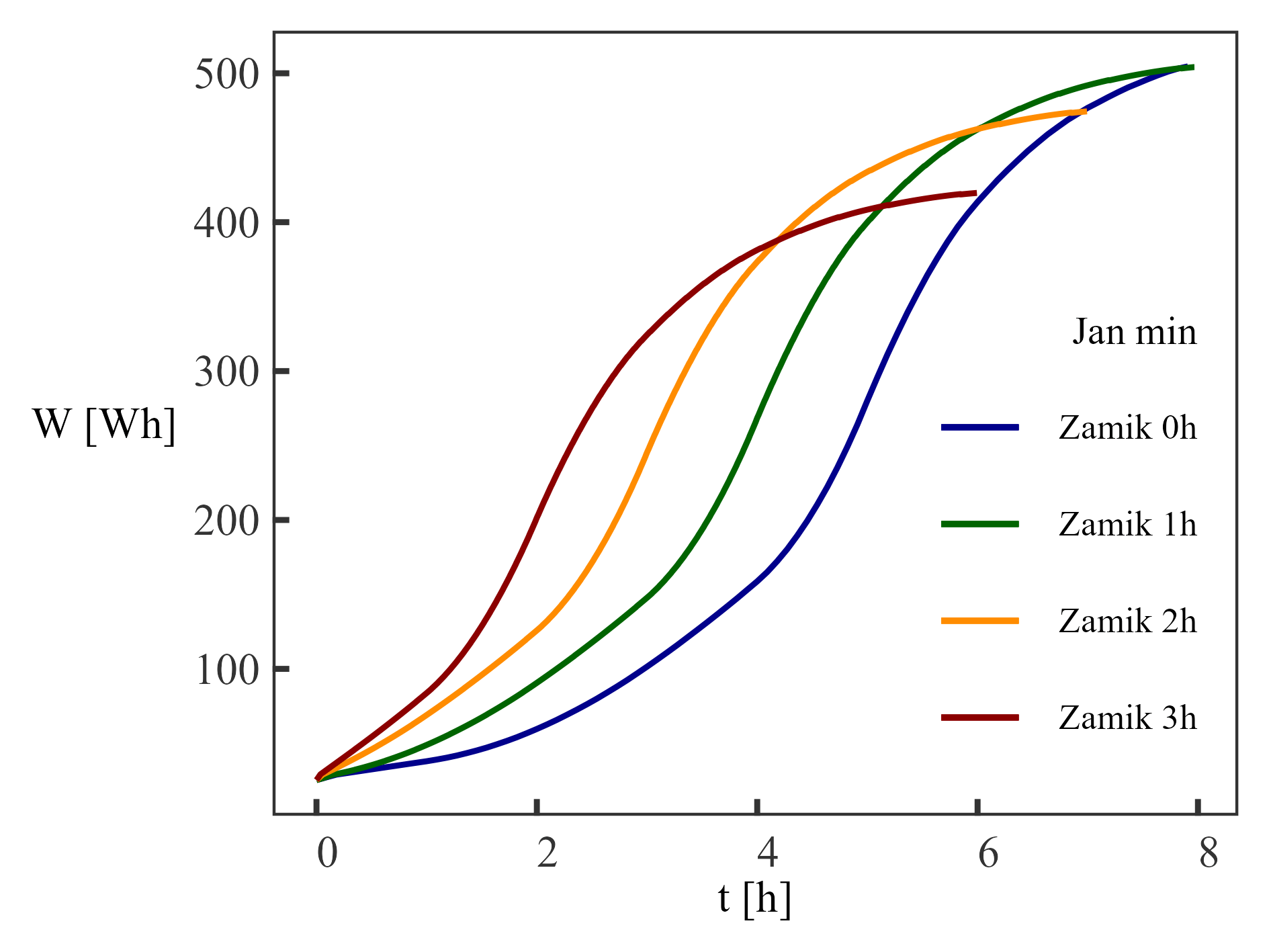Operational capacity of automated agricultural land processing under variable solar energy availability across different time periods
Izr. prof. dr. Domen Šeruga, univ. dipl. inž., doc. dr. Primož Poredoš, univ. dipl. inž., doc. dr. Dominik Kozjek, univ. dipl. inž., dr. Aleš Gosar, prof. dr. Marko Nagode, univ. dipl. inž., prof. dr. Jernej Klemenc, univ. dipl. inž., vsi Univerza v Ljubljani, Fakulteta za strojništvo
Ventil 31(2025)5 / Review articles / Technical article – 1.04
Abstract:
Sustainable cultivation of urban agricultural areas in the future can be achieved by using automated fleets of processing robots that will be able to adapt their activities to the availability of solar energy. Since this energy source varies depending on the season, it is crucial to consider several factors when designing power systems and algorithms for robot operation. As a part of the study, the impact of available solar energy in Ljubljana on the power supply of a selected Li-ion battery pack has been analysed. The pack contained 7 cells with a total capacity of 20 Ah and a nominal voltage of 24 V, which would be sufficient for approximately 4 hours of operation with 100 W of power. The results show that using the selected size of photovoltaic panels, only one battery pack can be charged on a cloudy January day, whilst the number of possible charges increases up to 20 on a clear January day. The same size of photovoltaic panels allows for the charging of as many as 55 battery packs on a clear June day. Understanding of all influencing factors is therefore key to successful automation, as fluctuations in available solar energy directly affect the performance of a fleet of processing robots.
Keywords:
operation, automation, Li-ion batteries, solar energy, photovoltaic panels
Copyright (c) 2025 Domen Šeruga, Primož Poredoš, Dominik Kozjek, Aleš Gosar, Marko Nagode, Jernej Klemenc
This work is licensed under a
Creative Commons Attribution 4.0 International License.
Except where otherwise noted, articles in
this journal are published under the
Creative Commons Attribution 4.0 International License.


